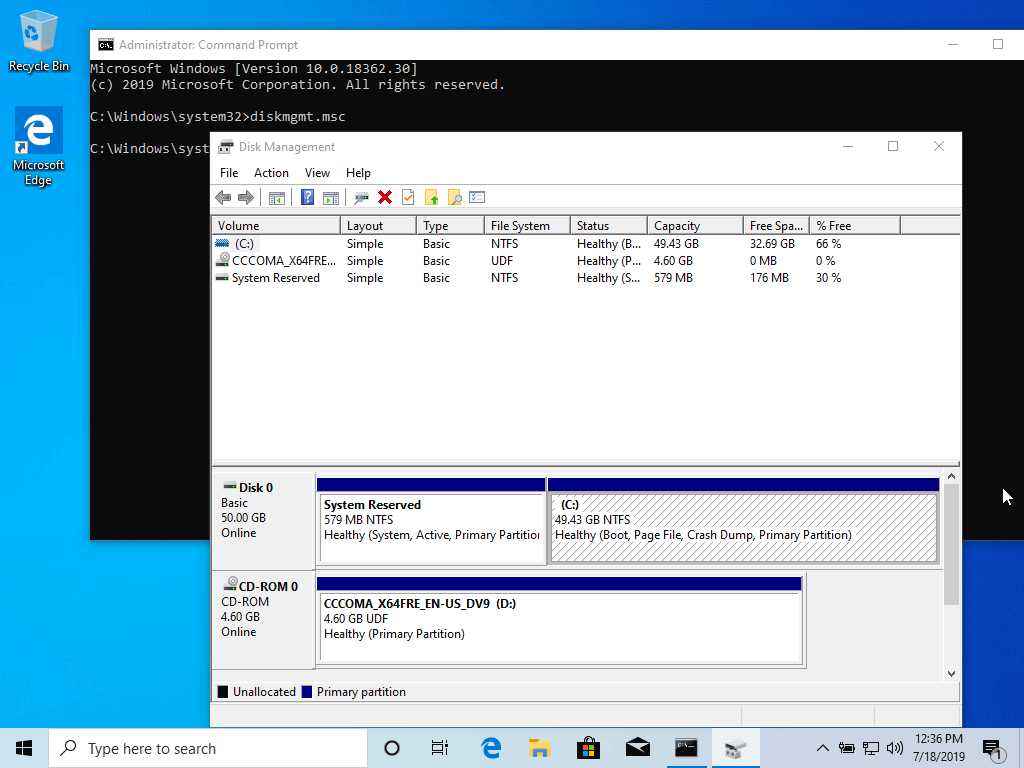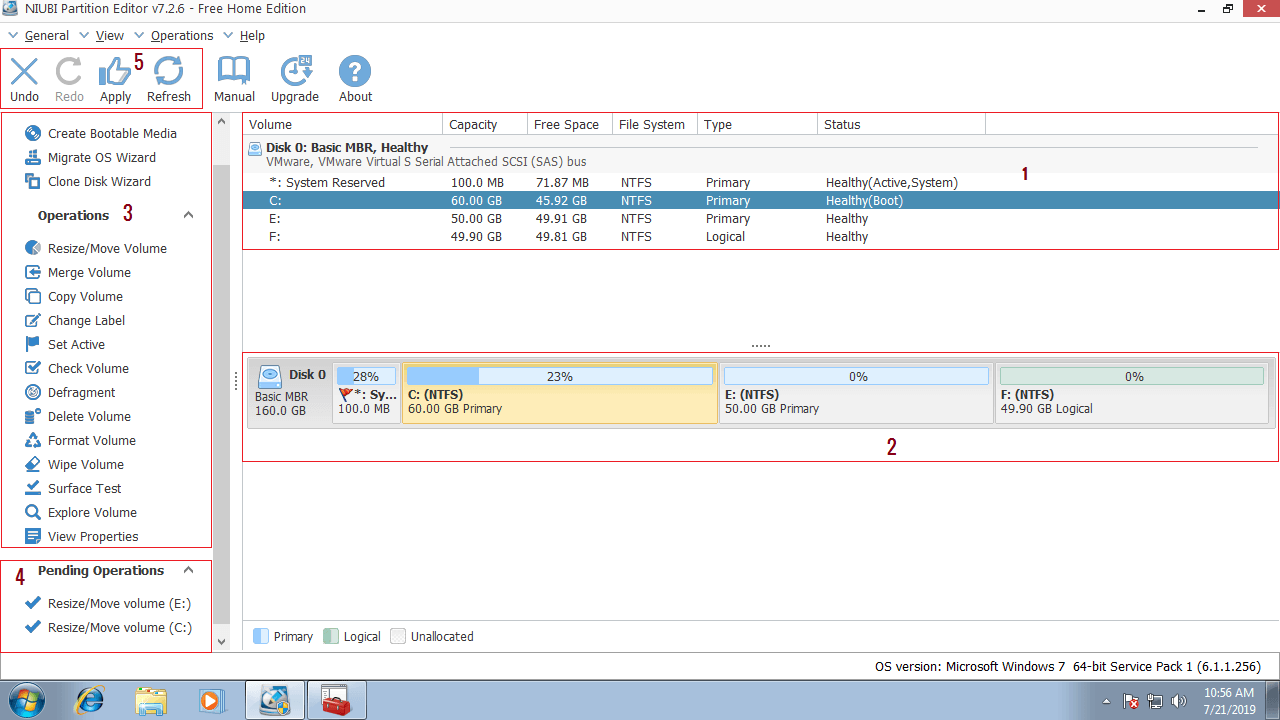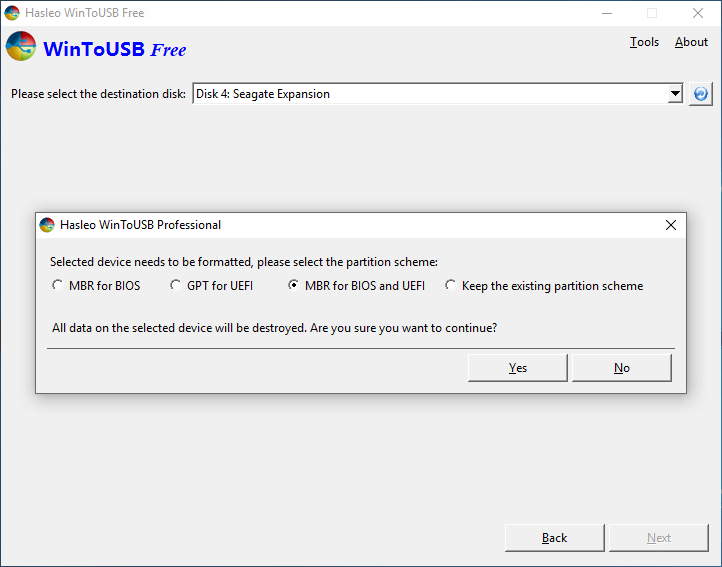
- How to create boot partition windows 7 how to#
- How to create boot partition windows 7 install#
- How to create boot partition windows 7 iso#
Step two: Open a command prompt with administrative rights.

How to create boot partition windows 7 install#
Using a Windows 7 Installation DVD at step seven will also allow you to install Windows 7 via USB, not just recover a damaged system very useful if you have a netbook! Alternatively, if you have a DVD drive, you can use an existing Windows 7 Installation DVD or a Windows 7 Recovery Disc when at step seven.

You will need a torrent client for this step, such as µTorrent. Step one: If you do not have a DVD drive, download the appropriate Windows 7 Recovery Disc image from Here.
How to create boot partition windows 7 how to#
How to create a Windows 7 System Recovery USB flash drive
How to create boot partition windows 7 iso#
If you do not have a CD/DVD-R drive to create a recovery disc with, you can alternatively download the ISO image of the Windows 7 System Recovery Disc and use it to make a bootable USB flash drive.

That's it! It only needs to write about 140- to 160-megabytes to the disc, depending on whether your OS is 64-bit or 32-bit, and that should only take a minute. That should be it - the selected partition is now active. Step seven: Now, just type Active and then press Enter. Step six: Type Select Partition x, where x is the number of the partition you wish to make active. Determine which partition you wish to make active. You will now be shown a list of the partitions on the selected disk. Step five: Type List Partition and then press Enter. Step four: Type Select Disk x, where x is the number for the disk containing the partition you wish to make active. This command will list all disks attached to your computer and assign them a disk number. Step three: Type List Disk now and then press Enter. Step two: Type DiskPart and then press Enter. This should take you to the Command Prompt in the Windows Recovery Environment. Step one: Follow steps one to four in the above guide. To change your active partition back using the Windows 7 recovery disc or Installation DVD, follow the steps below. It is a common mistake to make when playing with partitions on a system drive and it can be a headache to solve if not prepared. Upon purposely changing the active partition on my system drive, I was faced with a BOOTMGR is missing error during my system's start up that prevent Windows from starting. *Some users also find simply deleting the boot folder and retrying the above steps effective at resolving boot issues, but it is not recommended. If this fails, you may need to backup the old BCD folder* and create a new one in its place with the following commands:

The above command will scan all your disks for other operating systems compatible with Windows 7 and allow you to add them to your system's boot list. If you are still faced with your Windows 7 installation not being detected during start up, or if you wish to include more than one operating system choice to your system's boot list, you can try the following command to rebuild your BCD: To write a new boot sector, try the following command: This might occur if you have tried to install another operating system alongside Windows 7, such as Windows XP. While the above command does fix the MBR, and sometimes that is enough, there still might be an error with the system partition's boot sector and Boot Configuration Data (BCD). That's it! Your Master Boot Record has been repaired. If successful, you should be greeted with the message The operation completed successfully. Step five: Now sitting at the command prompt, enter the following command and then press enter:


 0 kommentar(er)
0 kommentar(er)
